IBPS will be conducting the prelims exam for recruitment of POs in October 2017. Since the exam is just a few months away, it is time to upshift your preparation. In this blog, let us see some seating arrangement questions for IBPS PO and tips to solve them.
Seating arrangement questions have always been an integral part of the banking examinations. It is evident from the previous year papers of IBPS PO. In recent years, the level of questions has significantly gone up to filter out the aspirants. IBPS PO mock tests can help aspirants benchmark their level of preparation.
Aspirants can prepare for IBPS PO online at their pace and comfort. We can broadly classify Seating arrangement questions into linear and circular seating arrangement questions for IBPS PO. To increase the level of difficulty, IBPS might add some attributes in the question.
Linear seating arrangement questions for IBPS PO:
Linear arrangement questions are usually simpler than circular arrangement questions. Even with attributes, aspirants can solve these questions quickly. The key to solving such questions is to find something to fix as an anchor point. Let us look at a few examples to understand things better.
A, B, C, D, E, and F are six persons sitting in a straight line facing North. A is second to the right of B. F occupies one of the end positions. D is fourth to the left of E. D does not sit at the ends.
Let us name the positions from 1 to 6 starting from the left end.

D is fourth to the left of E. Hence, D and E must have three persons in between them. D and E can be at positions 1 and 5 or 2 and 6. Since D is not at one of the ends, D must be at 2 and E must be at 6.

F sits at one of the ends. Hence, F must sit at 1. A is second to the right of B. Hence, B must be at 3, and A must be at 5. The final arrangement is as follows.

The key here is to identify that the question can be easily solved if we start from the statement D is fourth to the left of E. Starting with other statements would have consumed more time.
Circular seating arrangement questions for IBPS PO:
Questions under this topic can be tricky. With each passing year, IBPS has been increasing the level of difficulty of these questions. Aspirants must be careful whether the person is facing towards the centre or away from the centre while solving such questions.
Question:
A, B, C, D, E, F, G, and H are eight friends sitting around a circular table. 4 of them are facing towards the centre, and 4 of them are facing away from the centre. A sits second to the right of C. C sits second to the left of D. E sits exactly opposite to C, but they do not face each other. A can see D but D cannot see A. G and H are neighbours of A. The person who sits between A and E, and B face each other. G is a neighbour of C.
Solution:
In the following diagrams, green coloured letters represent the persons facing the centre, and red coloured letters represent the persons facing away from the centre.
We do not know the direction anyone is facing. Let us start with C. A sits second to the right of C. Since the direction C faces is unknown, let us mark A by leaving a space between A and C.
C sits second to the left of D. Therefore there must be a seat in between D and C. Since A and D cannot be at the same position, D must be diametrically opposite to A.
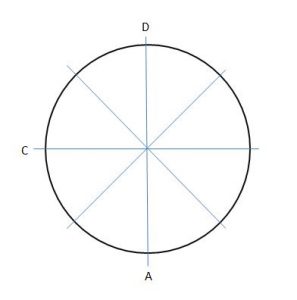
A can see D, but D cannot see A. This statement means that A is facing the centre while D is facing away from the centre. Now, we can determine that C is facing the centre since the conditions must be satisfied. E sits exactly opposite to C. As they do not face each other, E must be facing away from the centre.
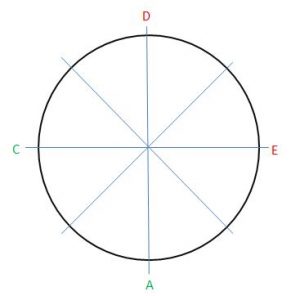
| Take a free Mock for IBPS PO (in the latest pattern) |
G and H are neighbours of A. G is a neighbour of C. Hence, H must be sitting near E.
The person between A and E, (i.e. H) and B face each other. Hence they must be diametrically opposite and face the centre.
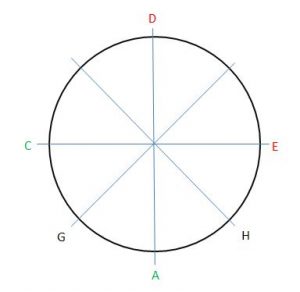
F and G must face away from each other ( Since four persons facing towards the centre and the remaining four are facing away from the centre).
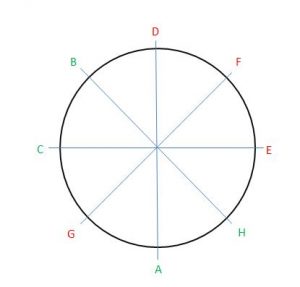
The trick to solve the question is to start with a person to whom the most number of other persons are related.
To have an idea about other reasoning topics, check out data sufficiency questions for IBPS PO, must solve puzzles for IBPS PO, and High-level reasoning questions for IBPS PO.


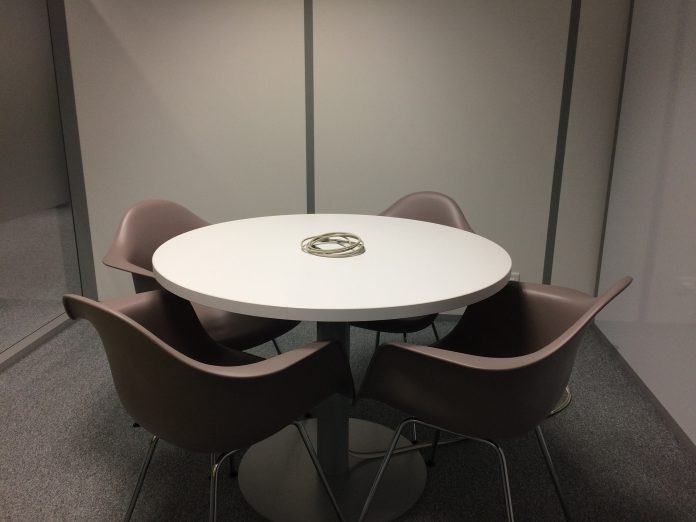


![How To Manage Time In CAT Exam? [Section-wise Tips] How to manage time in CAT exam ?](https://cracku.in/blog/wp-content/uploads/2018/09/fig-03-09-2018_10-54-46-218x150.jpg)